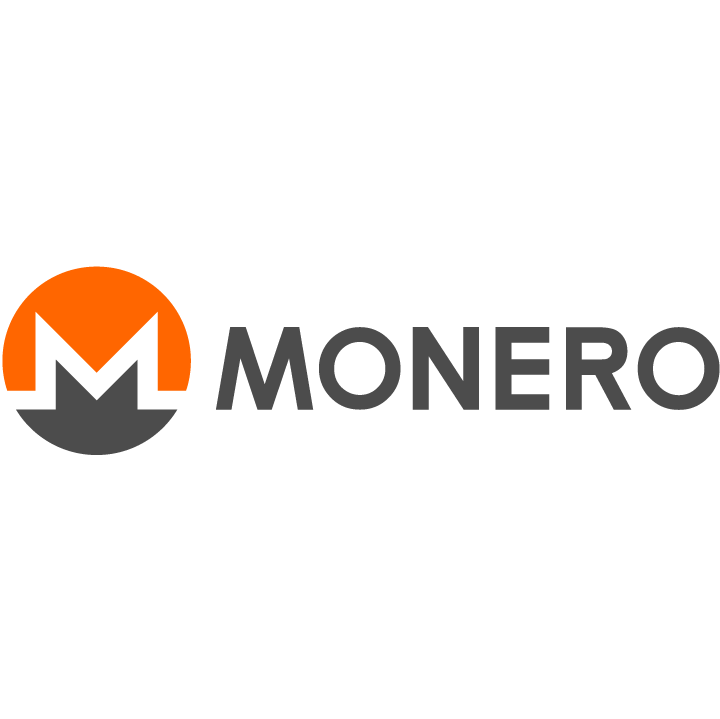Monero’s block reward: How it works
Monero (XMR) is a privacy-focused cryptocurrency that utilizes a proof-of-work consensus algorithm. Like other cryptocurrencies, Monero uses block rewards to incentivize miners to contribute their computing power to secure the network. In this article, we will explore how Monero’s block reward system works.
What is a Block Reward?
A block reward is the amount of cryptocurrency given to miners for successfully adding a new block to the blockchain. Block rewards serve as a financial incentive for miners to validate transactions and add new blocks to the blockchain.
Monero’s Block Reward System
Monero’s block reward system is designed to be egalitarian, meaning that anyone can participate in mining regardless of their hardware or financial resources. Monero achieves this by using a mining algorithm that is resistant to ASICs, specialized mining hardware that is more efficient than standard computer hardware. This ensures that mining remains accessible to a broader range of participants.
The current block reward for Monero is 1.23 XMR, which is awarded to the miner who successfully adds a new block to the blockchain. The block reward is designed to decrease over time to ensure that the total supply of Monero remains limited, similar to how Bitcoin’s block reward system works.
Monero’s block reward system also includes a dynamic block size algorithm. This means that the size of each block is adjusted based on the number of transactions in the mempool, a pool of unconfirmed transactions waiting to be added to the blockchain. This ensures that the network can handle a high volume of transactions without compromising on speed or security.
How is the Block Reward Distributed?
The block reward is distributed between the miner who successfully adds a new block to the blockchain and the Monero Development Fund (MDF). The MDF is a non-profit organization that funds the development of Monero and supports its ecosystem.
The current distribution of the block reward is 70% to the miner and 30% to the MDF. This distribution is set to change in the future, with the MDF’s share decreasing over time to eventually reach 0%.
Monero’s block reward system is an essential component of its proof-of-work consensus algorithm. The block reward serves as an incentive for miners to validate transactions and secure the network. Monero’s egalitarian approach to mining ensures that anyone can participate in mining, regardless of their hardware or financial resources. The dynamic block size algorithm ensures that the network can handle a high volume of transactions, while the distribution of the block reward between miners and the MDF supports the development of the Monero ecosystem.
The economics of Monero’s block reward system
The block reward is an important factor in the economics of Monero. The block reward is the amount of Monero that is created and awarded to miners for successfully adding a new block to the blockchain. The block reward is also used to fund the development of the Monero ecosystem.
The block reward is designed to decrease over time to ensure that the total supply of Monero remains limited. This is done to prevent inflation and to make Monero a more scarce asset.
The block reward also affects the price of Monero. When the block reward is high, it can lead to an increase in the price of Monero. This is because miners are more likely to mine Monero when the block reward is high.
The block reward also affects the security of the Monero network. When the block reward is high, it attracts more miners to the network. This makes the network more secure because there are more miners to validate transactions and secure the network.
Comparison of Monero’s block reward system to other cryptocurrencies
The block reward system of Monero is similar to the block reward systems of other cryptocurrencies, such as Bitcoin and Ethereum. However, there are some key differences.
One difference is that Monero’s block reward is designed to decrease over time more quickly than the block rewards of other cryptocurrencies. This is done to make Monero a more scarce asset.
The block reward systems of different cryptocurrencies have different implications for the economics of those cryptocurrencies. The block reward system of Monero is designed to make Monero a more scarce asset and to support the development of the Monero ecosystem.
